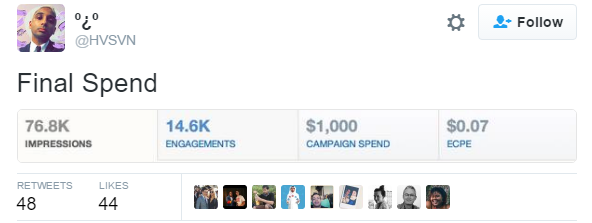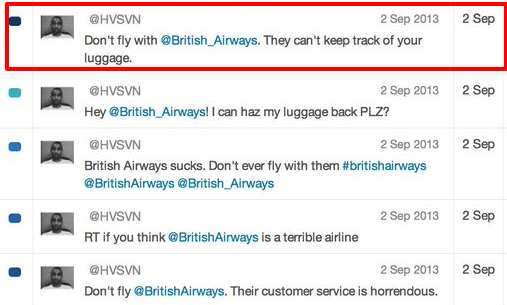Social media has empowered the consumer so that they are less intimidated by large companies, less likely to stand for a low standard service and more likely to try and do something about it. Twitter, for example, has leant itself to become a platform for people to vent frustrations and concerns not just to the company directly but to anyone else willing to listen including others that share that opinion.
This is something I discovered when travelling to Thailand with my family. The usual early 4am start was followed by a long car journey, bus transfer and long flight. 16 hours later and a little dishevelled we landed in Phuket airport. All was well until we realise we’re the only people standing around the carousel without my wife’s luggage and sons vital medication.
My brain was trying to cope with sleep deprivation, 35 degree heat and very little patience whilst also trying to calmly think what the next step should be. The first thing I did was to walk to customer services to inform them of the situation and to see what they could do. Their response told me two things. 1. Although polite, they didn’t have a clue where my suitcase was or how long it would take to get it back and 2. I wasn’t reassured by their promise to help or convinced that I was their priority.
So, I chose to do what any young person does when dealing with a company and not happy. I start tapping away on Twitter about my experience to the one company that can resolve all this – the airline!
Just like the customer service desk I receive a response from the company, “That’s unfortunate sir DM your flight details and we can look into where your bags could be”. Even though the response was more or less the same as the one I had from the customer service desk I felt more optimistic that something would get done.
If there’s more channels of communication open to me I will use any and all that I think will get me the response I need. By making this issue a public matter I’m essentially challenging the businesses integrity and holding them to account.
I know I’m not alone in this as many others use the same tactics and some with dramatic effect like Hasan Syed’s promoted tweet to tell consumers considering flying British Airways that they are “horrendous”.


This is an extreme case but it serves to show that what can do real damage is when expectations aren’t met and communication is lacking. It’s the same when dealing with the media while in a crisis.
What a company needs to do and what they end up doing can be two very different things because they don’t have a plan or the framework to deal with the situation. A timely statement on what is being done about the issue, how it will be overcome and what, if anything, is needed from the public is vital in damage control.
A single tweet can have a big impact on the reputation of the biggest, or smallest, of companies. That impact can be a negative or a positive one. But the overriding message is to act promptly and keep people informed because if it’s not visible the assumption is that you’re doing nothing.
In the end the missing suitcase was retrieved and sent directly to our hotel the following day without too much stress or inconvenience. Problem solved with a little help from my social network.
